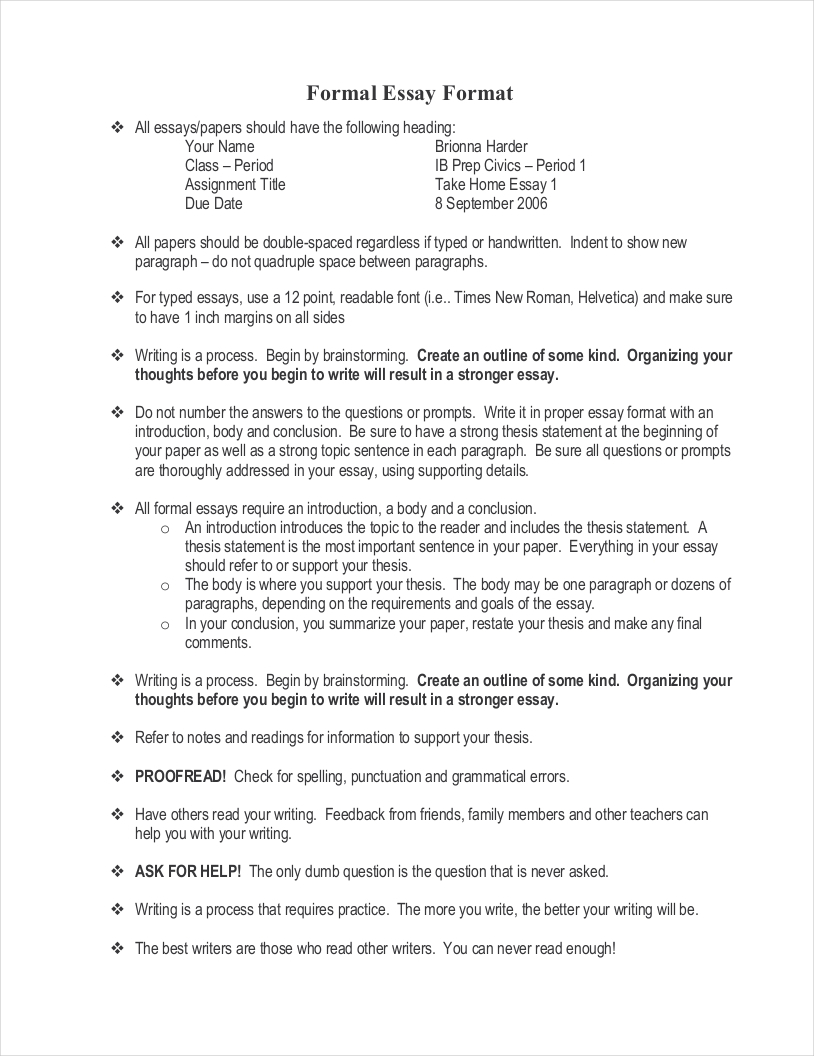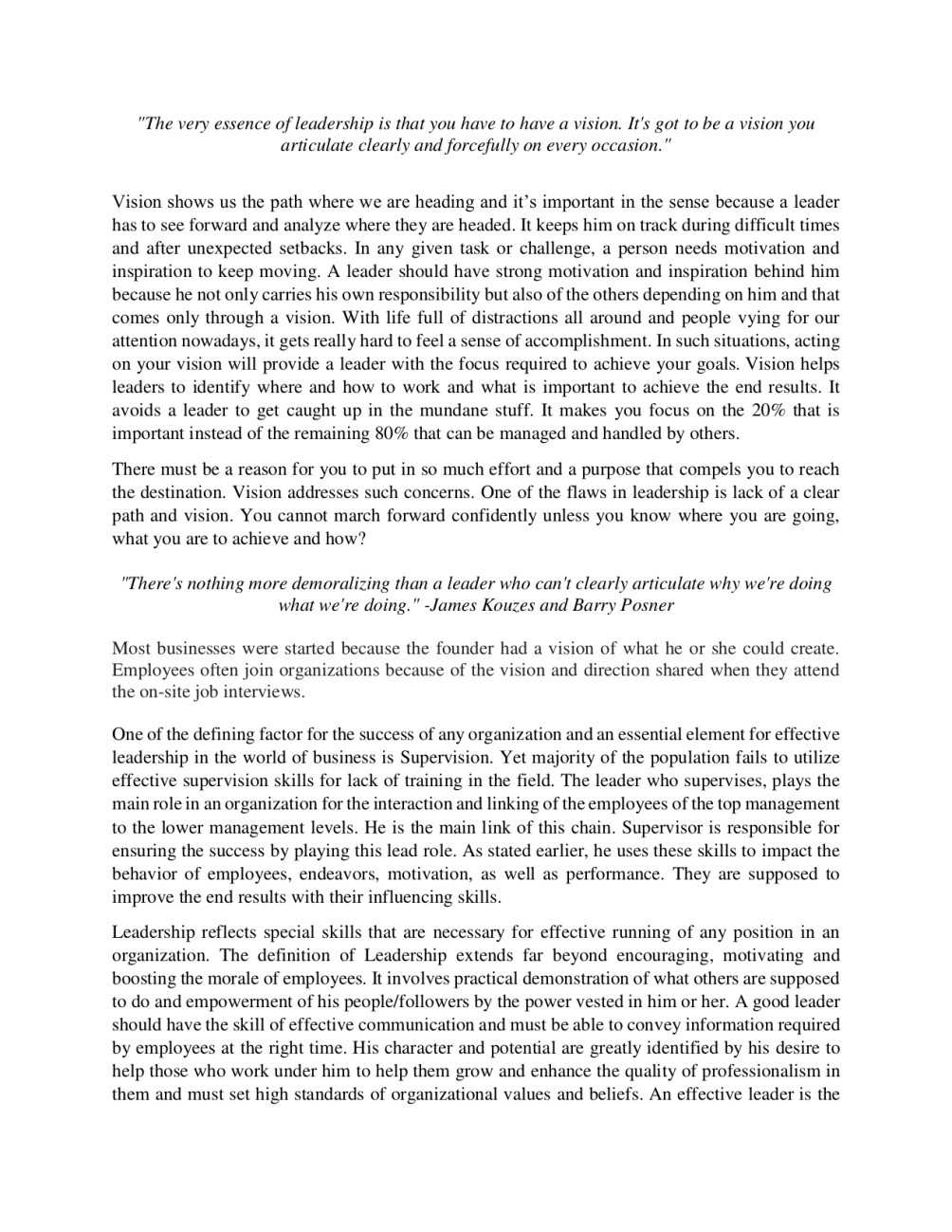
7/1/ · How to structure an essay. Where the essay starts. When you are writing an essay, every sentence and every paragraph is important. But there is something extra important about The body of your essay. The end of your essay. But where do I start??? Estimated Reading Time: 8 mins After you have analysed the question, conducted your initial research and decided on your tentative position and line of argument, the next step is to construct a preliminary outline for your essay. Most essays follow a similar structure, including an introduction, body paragraphs, and a conclusion, as shown in the diagram below The importance of good essay introduction structure Learning how to write a thematic framework is a crucial step in developing essay writing skills. Band 6 essays score highly because they have excellent structure. Readers must be able to follow you argument from the thesis, to the introduction of themes, and then onto your body blogger.comted Reading Time: 8 mins
Structuring written work - The University of Sydney
Some assignments have a standard format, such as lab reports or case studies, and these will normally be explained in your course materials. For other assignments, you will have to come up with your own structure. Essays are a very common form of academic writing. Like most of the texts you write at university, all essays have the same basic three-part structure: introduction, main body and conclusion, ways to structure an essay. However, the main body can be structured in many different ways.
Reports generally have the same basic structure as essays, with an introduction, body and conclusion. There are many ways to come up with a structure for your work. During and after reading your sources, take notes and start thinking about ways to structure the ideas and facts into groups.
For example:, ways to structure an essay. You will also know where to find evidence for those ideas in your notes and the sources of that evidence. You can achieve this in several ways. Most of the types of texts you write for university need to have an introduction. Its purpose is to clearly tell the reader the topic, purpose and structure of the paper. As a rough guide, an introduction might be between 10 and 20 percent of the length of the whole paper and has three main parts.
You should write your introduction after you know both your overall point of view if it is a persuasive paper and the whole structure of your paper. You should then revise the introduction when you have completed the main body. Most academic writing is structured into paragraphs. It is helpful to think about each paragraph as a mini essay with a three-part structure:.
The topic sentence introduces a general overview of the topic and the purpose of the paragraph. Depending on the length of the paragraph, this may be more than one sentence. The topic sentence answers the question 'what's the paragraph about?
The body of the paragraph develops this topic. It may elaborate directly on the topic sentence by giving definitions, classifications, explanations, contrasts, examples and evidence. The final sentence in many, but not all, paragraphs is the concluding sentence. It does not present new information, but often either summarises or comments on the paragraph content. It can also provide a link, by showing how the paragraph links to the topic sentence of the next paragraph.
For example, there are paragraphs with no topic sentence, or the topic is mentioned near the end of the paragraph. However, this is a clear and common structure that makes it easy for the reader to follow. This means that if the introduction begins with general information and ends with specific information, the ways to structure an essay moves in the opposite direction.
This material was developed by the Learning Centre, who offer workshops, face-to-face consultations and resources to support your learning. Find out more about how they can help you develop your communication, research and study skills. See our Writing skills handouts. You should only use this form to send feedback about the content on this webpage — we will not respond to other enquiries made through this form, ways to structure an essay.
If you have an enquiry or need help with something else such as your enrolment, ways to structure an essay, course etc you can contact the Student Centre. University home. Current students.
Staff intranet. Type to search. All content. Academic writing Types of academic writing Planning your writing Structuring written work Grammar, spelling and vocabulary Editing and proofreading Evidence, plagiarism and referencing Resources and support.
Structuring written work. Your structure might be guided by: the assignment question. Look at how the information is organised and sequenced. Make sure you modify the structure to suit your purpose to avoid plagiarism. Essays Essays are a very common form of academic writing. Reports Reports generally have the same basic structure as essays, with an introduction, body and conclusion.
Find out as much as possible about what type of report is expected. How to plan your structure There are many ways to come up with a structure for your work.
Ways to structure an essay example: look for similarities, differences, patterns, themes or other ways of grouping and dividing the ideas under headings. This could include advantages, disadvantages, causes, effects, problems, solutions or types of theory use coloured highlighters or symbols to tag themes or categories of information in your readings or notes ways to structure an essay and paste notes in a document physically group your readings or notes into piles.
Ways to structure an essay example: draw some tree diagrams, mind-maps or flowcharts showing which ideas, facts and references would be included under each heading discard ideas that don't fit into your overall purpose, and facts or references that are not useful for what you want to discuss if you have a lot of information, such as for a thesis or dissertation, create some tables to show how each theory or reading relates to each heading this is often ways to structure an essay a 'synthesis grid' plan the number of paragraphs you need, the topic heading for each one, and dot points for each piece of information and reference needed try a few different possible structures until you find the one that works best.
Use the end of the introduction to show the reader what structure to expect. Use headings and sub-headings to clearly mark the sections if these are acceptable for your discipline and assignment type. Show the connections between sentences. The beginning of each sentence should link back to the main idea of the paragraph or a previous sentence. Use conjunctions and linking words to show the structure of relationships between ideas.
Examples of conjunctions include: however, similarly, in contrast, for this reason, as a result and moreover. Introductions Most of the types of texts you write for university need to have an introduction. The most specific information, describing the scope and structure of your paper. Paragraphs Most academic writing is structured into paragraphs. It is helpful to think about each paragraph as a mini essay with a three-part structure: topic sentence also known as ways to structure an essay sentence body of the paragraph concluding sentence necessary for long paragraphs but otherwise optional.
The conclusion usually: begins by briefly summarising the main scope or structure of the paper confirms the topic that was given in the introduction. ends with a more general statement about how this topic relates to its context. This may take the form of an evaluation of the importance of the topic, implications for future research or a recommendation about theory or practice. Resources This material was developed by the Learning Centre, who offer workshops, face-to-face consultations and resources to support your learning.
Related links Learning Centre. Learning Centre workshops. Research skills for HDR students. Reading and note taking. Critical thinking. Prepare your thesis.
Learning Centre Camperdown Campus. RoomLevel 7, Education Building, Camperdown Campus. Opening hours. Learning Centre Cumberland Campus, ways to structure an essay. Ground Floor, Building A, Cumberland Campus, Lidcombe. by appointment. Planning your writing. Grammar, spelling and vocabulary. Last updated: 03 October Website feedback. Thank you Your feedback has been sent. Sorry there was a problem sending your feedback.
Please try again. Feedback form. Send feedback Cancel. Leadership for good starts here. Media News Find an expert Media contacts. Student links How to log in to University systems Key dates Class timetables Policies. About us Our rankings Faculties and schools Centres and institutes Campus locations. Connect Contact us Find a staff member Careers at Sydney Event calendar Emergencies and personal safety.
Member of. University of Sydney Twitter University of Sydney Facebook University of Sydney Instagram University of Sydney Youtube. Disclaimer Privacy Accessibility Website feedback. ABN: 15 CRICOS Number: A.
Top 10 Tips for How to Write A*/8 \u0026 9 English Literature Essay 2018 // GCSE \u0026 A level English Lit
, time: 15:08Structuring the essay - Research & Learning Online

The importance of good essay introduction structure Learning how to write a thematic framework is a crucial step in developing essay writing skills. Band 6 essays score highly because they have excellent structure. Readers must be able to follow you argument from the thesis, to the introduction of themes, and then onto your body blogger.comted Reading Time: 8 mins 18/9/ · How to structure an essay: Templates and tips The basics of essay structure. There are two main things to keep in mind when working on your essay structure: making Chronological structure. The chronological approach (sometimes called the cause-and-effect approach) is probably the Estimated Reading Time: 7 mins Thus your essay's structure is necessarily unique to the main claim you're making. Although there are guidelines for constructing certain classic essay types (e.g., comparative analysis), there are no set formula. Answering Questions: The Parts of an Essay

No comments:
Post a Comment